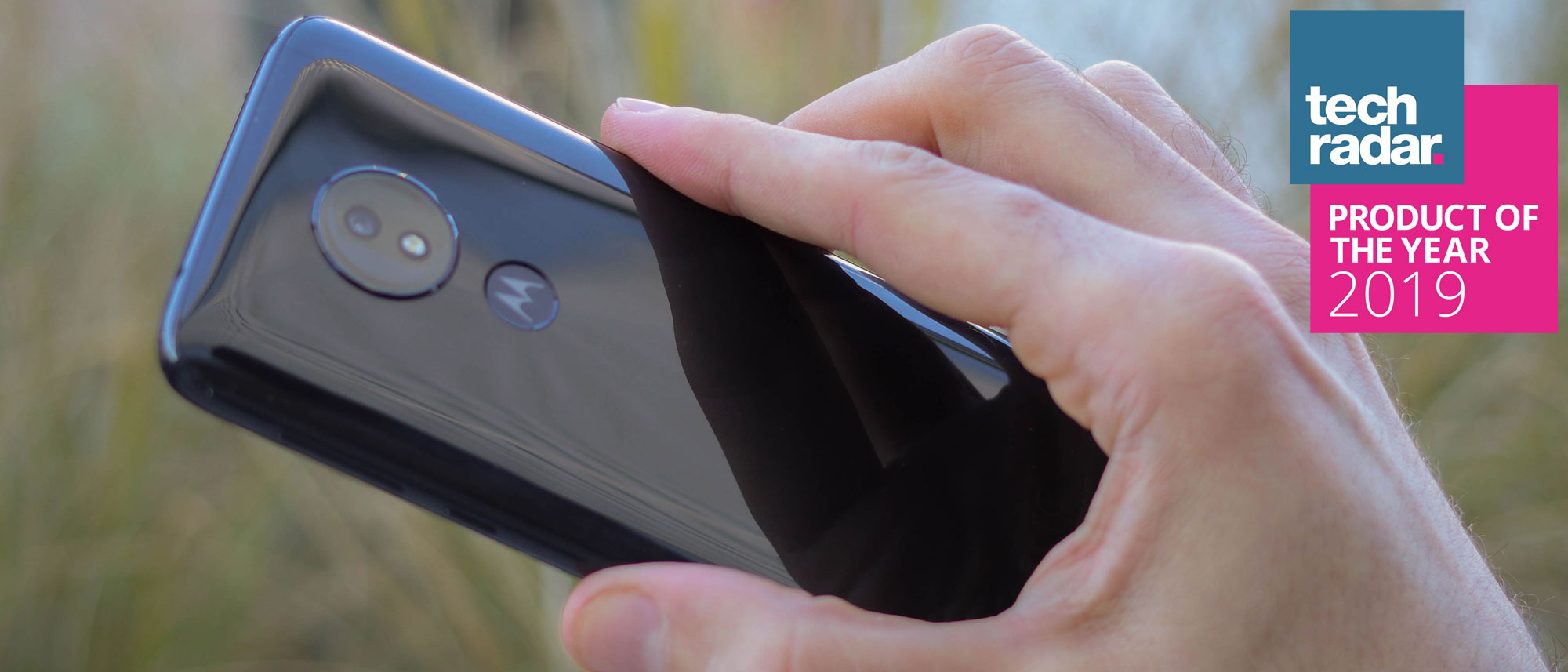Why you can trust TechRadar
Battery life
- Easily lasts multiple days
- Handy TurboCharging
The Moto G7 Power stands out from the rest of the Moto G7 set for its massive battery – a 5000mAh battery, to be precise, which will be an enticing figure to those who like a lot of charge in their phones, with Motorola suggesting the battery will last for 60 hours of mixed use.
As we’d hope for a device that’s being sold largely on its massive battery, the Moto G7 Power lasts for ages. In practice it lasted for over three days of mixed to light use, which included music playback, texting and calling, and social media browsing.
It will undoubtedly last for considerably longer if only used for texting and a few basic apps, making this phone a great option if you’re often on the move without easy access to a charger.
When used for media-heavy tasks, such as video or music playback, the battery not surprisingly fared a little worse, with a 20-minute Netflix show streamed over Wi-Fi eating up between 3% and 4% charge.
Of course this is the case for any device, but at times it felt like media used up a disproportionate amount of battery on the G7 Power compared to other devices.
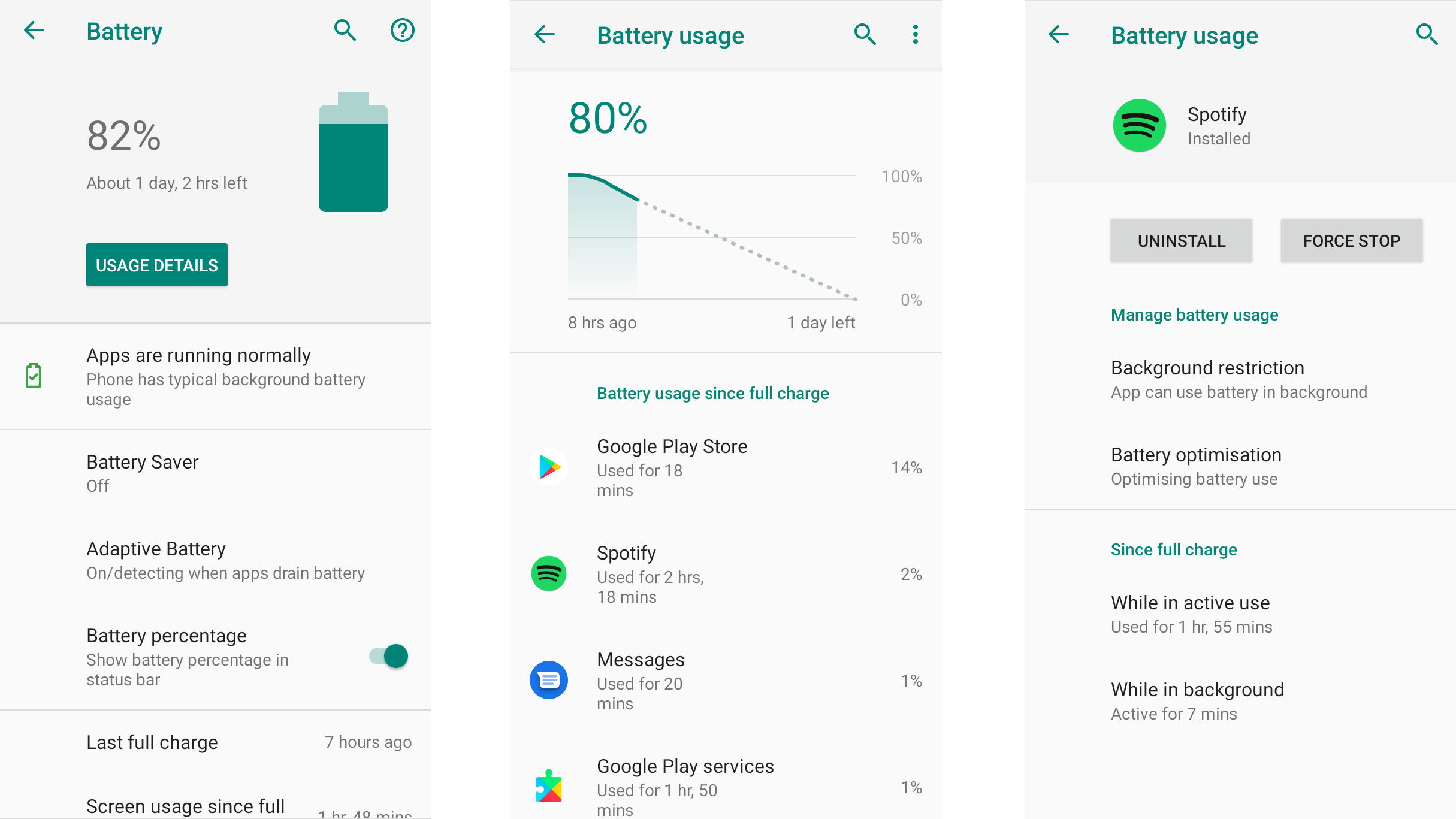
The G7 Power comes packaged with a TurboPower charger which charges the phone from 0% to full in just over two hours – being able to fully charge a device with such a big battery it so quickly is a blessing. Meanwhile a 15-minute coffee stop will let you charge your phone almost 20% if you don’t use it in that time.
When subject to our battery test, in which we play a 90-minute video at full brightness with accounts syncing over Wi-Fi in the background, we found the Moto G7 Power dropped from full charge to 88% battery.
In this regard it lags behind devices with a similar-sized battery like the Moto E5 Plus or the Lenovo P2, which lost 10% and 8% respectively, but it’s better than many flagships, such as the Samsung Galaxy S9 which lost 17% of its charge.
Camera
- Surprising level of detail captured
- Natural-looking low-light shots
- No 4K video
The Moto G7 Power brings 12MP of camera resolution to the table, coupled with an f/2.0 lens and lots of shooting modes.
Picture quality is comparable to what you get from the G7, which is unsurprising given how similar the imaging specs of the two phones are. The G7’s camera does, however, pack a slightly wider f/1.8 aperture, and it shoots slightly brighter than the G7 Power as a result.
In good light, there’s very little difference between the two, and it really does feel like the G7 Power camera is punching above its weight when you look at the amount of detail captured in pictures.

White balance is generally handled well, delivering mostly accurate colors in a range of lighting conditions, but one issue is that the phone sports very aggressive tap-to-expose metering, so you may have to dial up or down the exposure using the slider once you lock focus.
Lower the lights and results get a bit grainier, but detail doesn’t suffer too much. Motorola has been really smart with how it’s handled exposure on this phone. Rather than trying to boost brightness when the lights drop, as is the case with many flagships, Motorola lets things get a little dark, and a little grainy, and that actually makes for a more natural-looking, pleasing shot.
In fact, there were situations in which we preferred the slightly less- exposed images taken on the G7 Power to the same scene captured on the vanilla G7. This means if you’re tossing up between the two and the camera is your decider, the Power is a safe bet for point-and-shoot photography, although the G7 does edge ahead when capturing shots with artificial background blur though thanks to that secondary camera.
As for the G7 Plus’ camera, it’s in a league of its own, so you can head over to our full G7 Plus review to see how that fares.


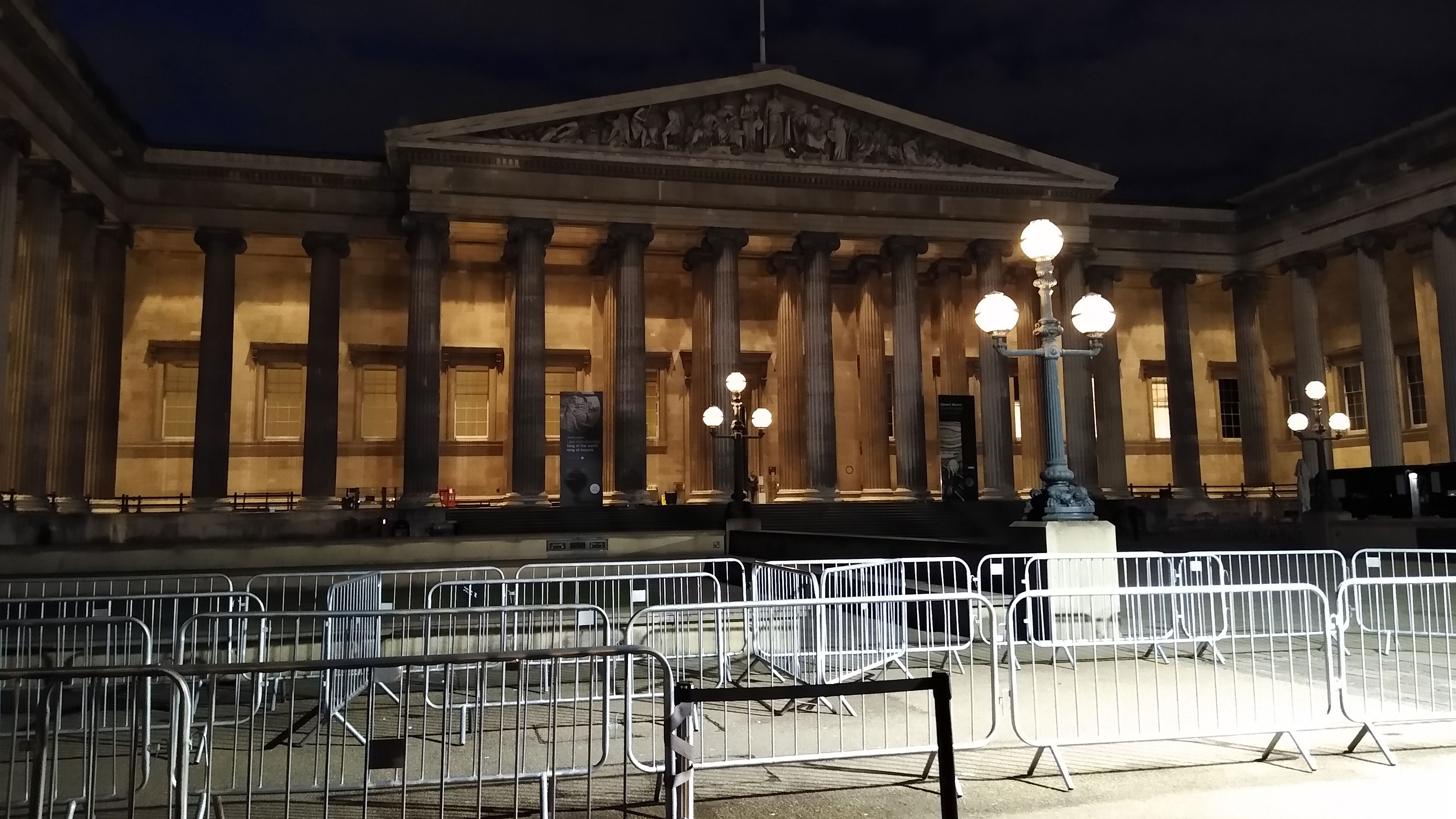
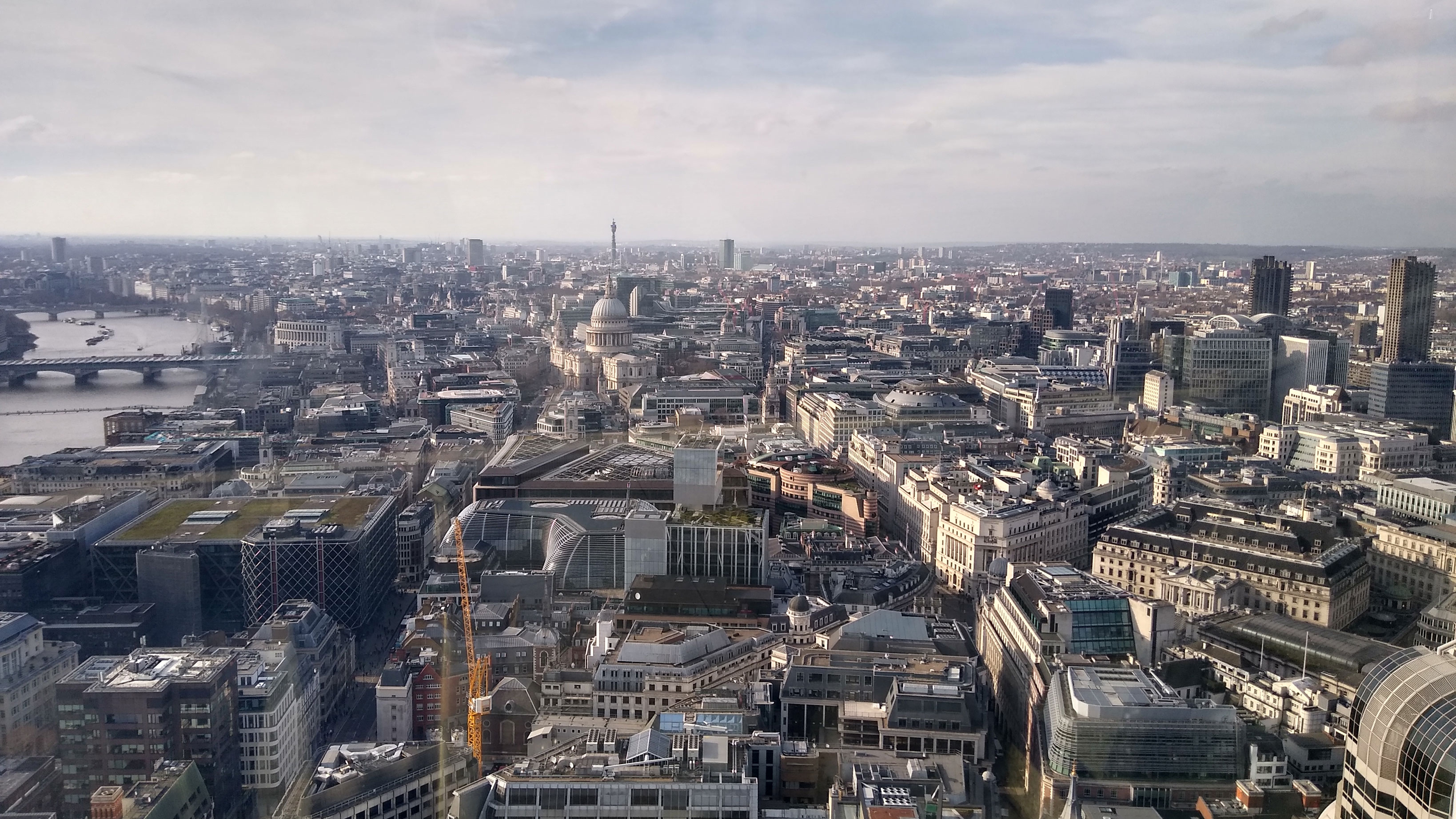
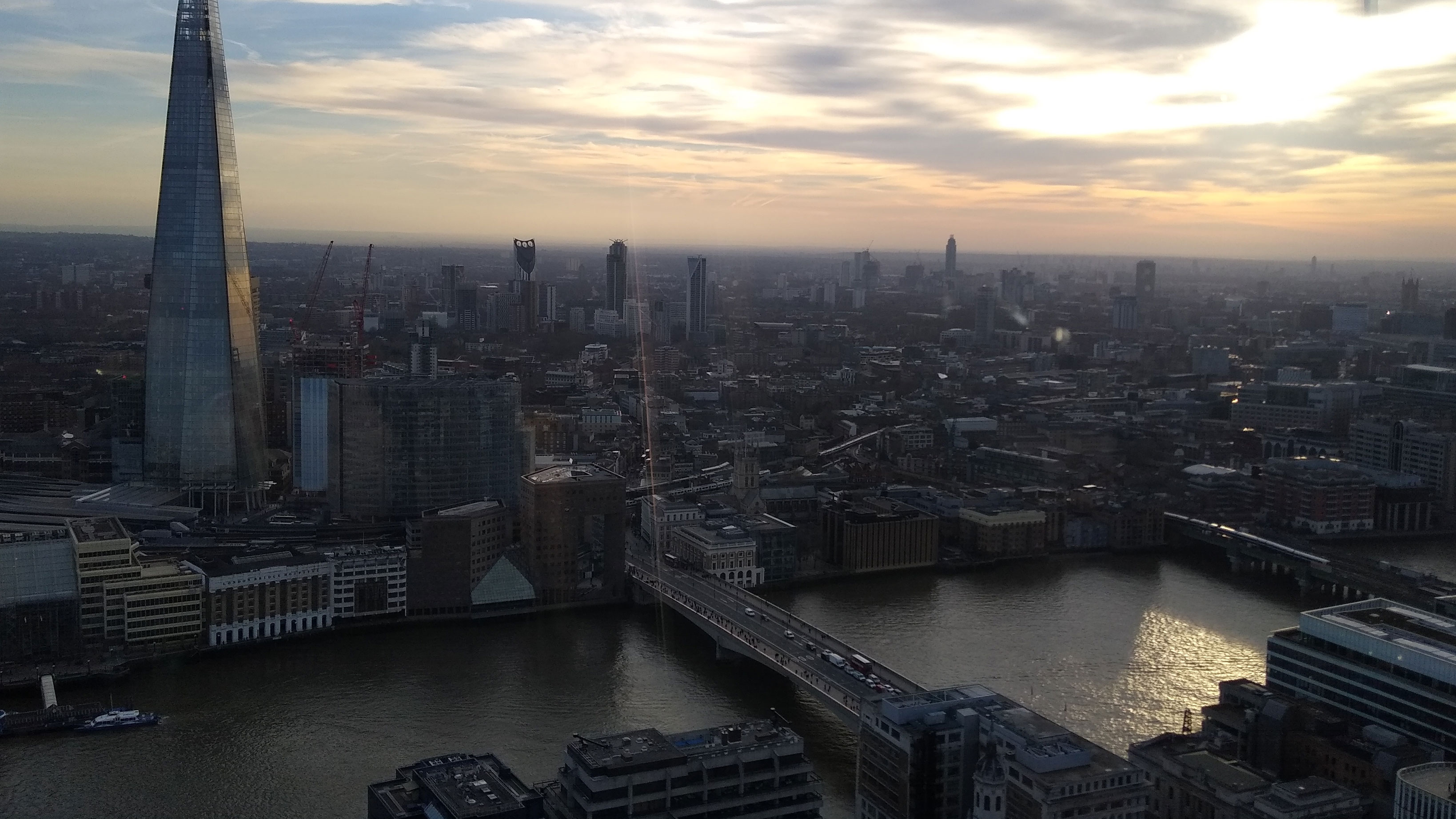
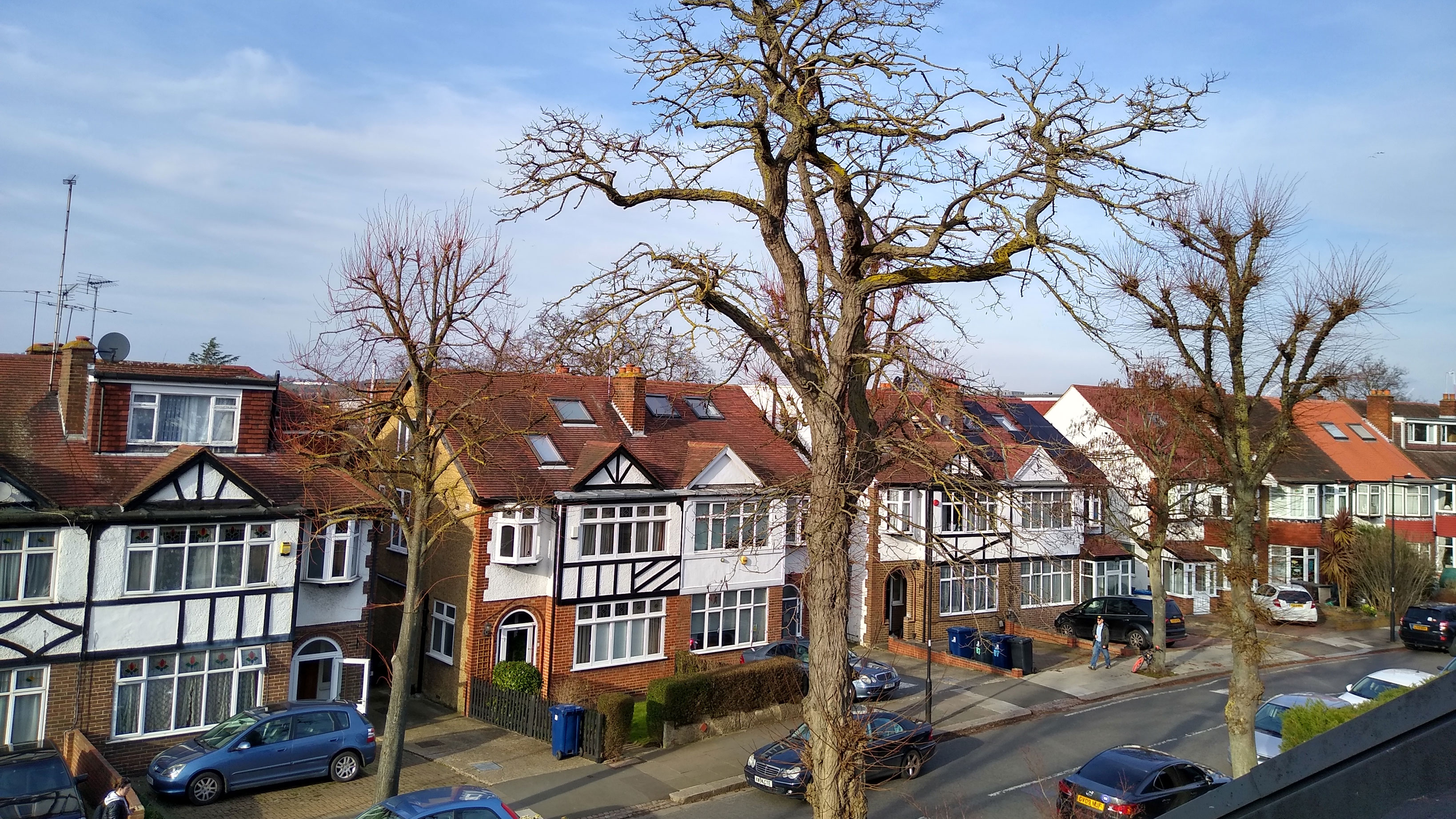
The G7 Power's video shooting has electronic image stabilization to compensate for the lack of OIS; while this does a great job it applies a heavy crop factor, but the good news is that you can turn this off – perfect for tripod shooting when you want the full view in frame.
Strangely it doesn't support 4K shooting, which the rest of the G7 series does, but other than this it shoots footage just the same.
Low light proved to be a challenge for video, which isn’t surprising for a mid-range smartphone, so if you can, aim to shoot in daylight or well- lit conditions. It’s a similar story for selfies, though these were a touch more problematic, with the camera software occasionally applying a funky white balance that turned us oompa loompa-orange on some occasions, and Violet Beauregarde-blue on others.
Overall though, the camera on the G7 Power is a - sterling effort for the price, especially when you factor in the shooting modes, including a spot color picker (which worked well 70% of the time), full manual mode, AR Stickers and more.
Current page: Battery life and camera
Prev Page Introduction, key features and design Next Page Anything else I should know?
Tom Bedford joined TechRadar in early 2019 as a staff writer, and left the team as deputy phones editor in late 2022 to work for entertainment site (and TR sister-site) What To Watch. He continues to contribute on a freelance basis for several sections including phones, audio and fitness.
